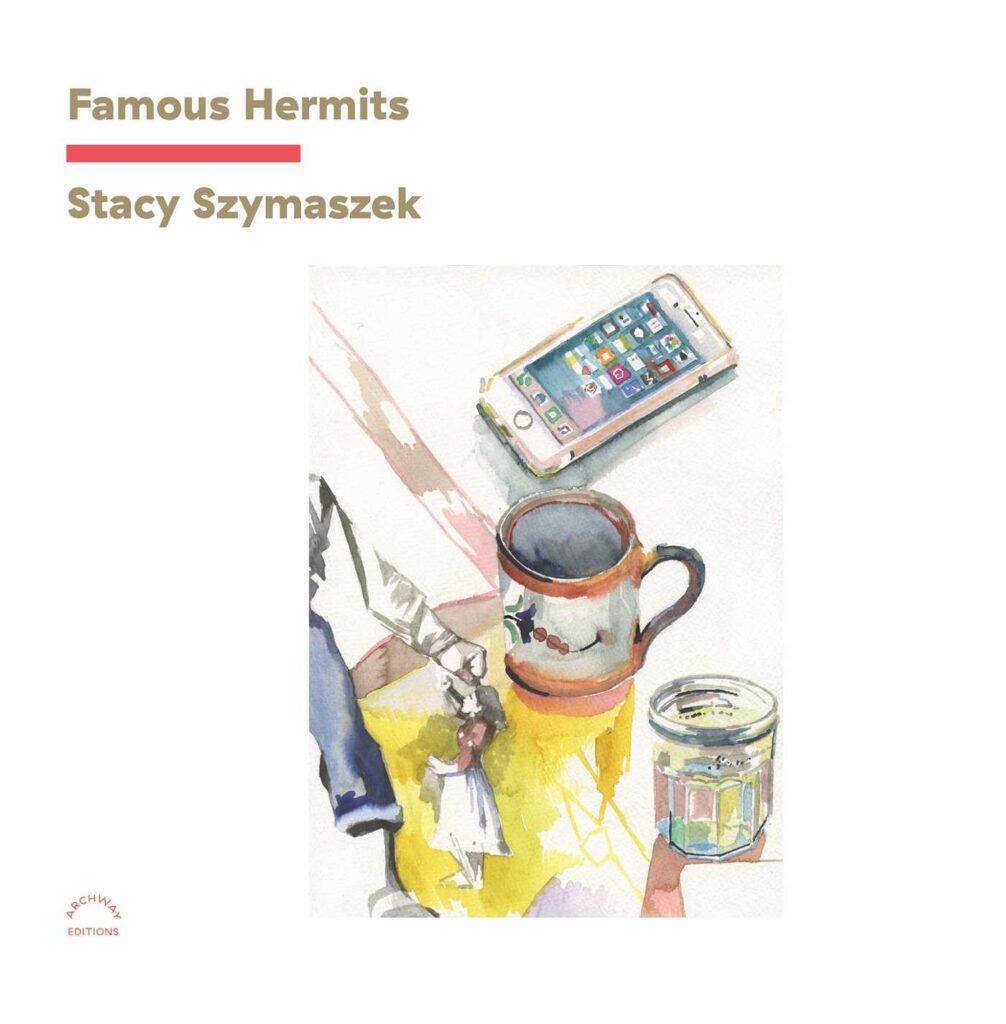
Fred Moten’s perennial fashion presence falling revels in the full sensuous range of poetic language as aural and visual medium. Animated by homonymous play and an ever-shifting typography, Moten’s new book of poems concerns itself with the question of whether a transhistorical self subjected to dehumanizing racial violence can be reclaimed or reasserted through art. How does one craft a black aesthetic toward this aim? What if the poetic “I” as a form of lyrical self-assertion has always been a myth, obfuscating the inherent collaborativeness of the artistic process as a natural complement to the mutuality of human life?
Both word-by-word and thematically, this is a book that demands a particular kind of readerly attention. Moten’s language is often unruly––unruled by the extant and inventive. Several times while reading, I found myself searching prefixes in the OED to try and piece together his meanings. The book invites readers to contend with the problems of interpretation, heightened by the proliferation of polysemic words that hold all of their resonances––isotopic words that appear less like linguistic units and more like self-contained shoals of lexical possibility. Encounter poems that shirk an aspiration to unitary expression––lines that hold images unrecognizably transfigured from one end to the other. Dig it.
–Yeukai Zimbwa

A profound love for the poetic word pervades every page of Stacy Szymaszek’s poetry collection Famous Hermits. Dialoguing with wordsmiths across history, from Dante to Bram Stoker to Alice Notley, the first half of her collection contains poems that are in and of themselves experiments in structure, rhythm, and white space in the vein of anti-poetry. Readers are lulled into Szymaszek’s world of sprawled lines, spontaneous indentations, and shifting stanzaic structures that narrow and billow, either generously filling the largest of pages or demurely occupying the smallest of corners. Her defiant challenge of the poetic tradition in the first half of her collection creates an initial reading experience that is dizzyingly zesty but always fresh.
Besides Szymaszek’s mastery over line and form, Famous Hermits, at its heart, thematizes transition in all its permutations. In one sense of the word, Szymaszek grapples with the existential implications of what it means to approach midlife. Perhaps to demonstrate this temporal stage, there is a tonal volta placed squarely at the halfway point, marking a turn away from the restless spontaneity of the collection’s former half to the more ordered and wittily aphoristic serenity of its latter half, paralleling a sudden sagacity that can only be acquired during middle age. In another sense of the word, Szymaszek grapples with geographic transition. The collection chronicles her fundamental disillusionment with the “death drive” of capitalist America, which spurs her to move from the bustling New York cityscape to the unfamiliar territory of Montana and Arizona, where she enters into a hermitage of her own. Szymaszek subverts modern understandings of reclusiveness as harmful. After all, “for women for whom camaraderie feels lethal,” eremitic solitude is perhaps not too shabby, and there is solace to being alone.
–Andrew Hu